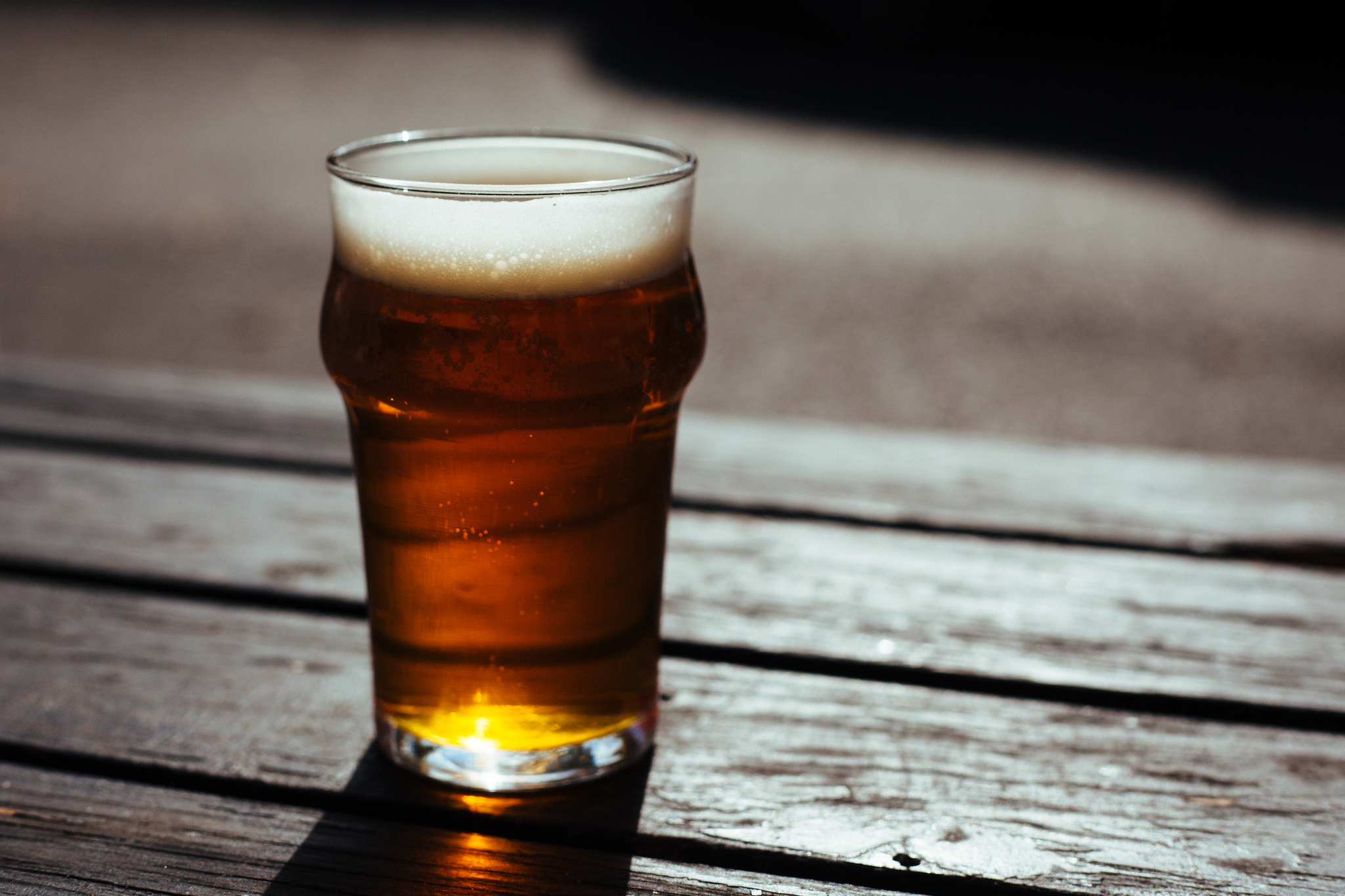India Pale Ales are some of the most prolific beers on the craft beer market, especially here in San Diego. In 2014, IPAs counted for one in every five beers sold, up 47% from the year before. Although the IPA style of beer has been around for a long time, the hoppy, refreshing beer that we are used to now, is a far cry from the IPA that made its way across oceans, more than 175 years ago.
 Photo from www.littlevisuals.co
Photo from www.littlevisuals.co
In the early 1800s, the East India Company was shipping supplies to British forces overseas, in India, on their way to fill their ships with spices, silks and other valuables from the Far East. The popular beers to drink at the time in Britain were stouts and porters, both of which were subpar beers to ship across the violent seas, and they often ended up stale, spoiled or infected. Also, the heavy beer wasn’t what was craved in the hot Indian climate, so even if it did arrive unspoiled, it was met with a middling reaction. George Hodgson’s Bow brewery decided that instead of sending a porter, they would try to send what was called an “October Beer.” This strong, pale beer was brewed at harvest time and loaded with just-picked hops to keep a fresh taste even when it was aged, sometimes for years. Apparently the rough, ocean journey matured this beer much like it would taste after 2 years aged, so when it arrived, it was at peak flavor. The resulting brew was a hoppy success and created a taste for India Pale Ale in India as well as back in Britain.
Once ice and refrigeration became commonplace in the late 1800s, beer could be brewed anywhere and there wasn’t a need to ship the beer halfway across the world to places once too hot to brew beer. IPAs fell into the British beer background; brewed occasionally but not really focused on. Then in the 1970s, IPAs were brought back with gusto by American craft brewers. They took the English IPA and amped up the hops, the alcohol content and reduced the amount of malts, creating a bold, hop-forward beer that is best consumed fresh.
To get more specific, brewers here on the West Coast have tapped into an even more amped up version of the American IPA, with even higher alcohol levels, more intense hoppy aromas and serious bitterness that is loved by many, but also can be too extreme for some palates. West Coast IPAs are sometimes accused of lacking subtle flavors after the bracing hoppiness that slaps your palate with the first sip. But this slap is exactly what some beer-drinkers love, and one of the reasons that IPAs are one of the fastest growing segments of the craft beer market.
San Diego IPAs are now taking the world by storm too. Green Flash Brewing Company started brewing their West Coast IPA over in Belgium last year and Stone Brewing is set to open up in Germany sometime in 2016. Both of these breweries boast a full menu of IPAs and it seems as though American beer, once the butt of international beer-jokes, is making a name for itself back across the pond, thanks to our distinctive IPAs.
Here at Thorn Street Brewery, we pride ourselves in our full range of beer styles we have on tap at any given time. We do, however, have a special love for IPAs with our West Coast style, Relay IPA and hop-heavy, Menace Imperial IPA standing out as local favorites. February is also an exciting time of year because we release Brother Scotty’s Triple IPA, a delicious, bright, palate-crusher that is surprisingly easy to drink.
Luckily, in San Diego, we have access to a ton of IPAs for hop-heads to enjoy. Here are 5 more IPAs that we love from SD breweries:
Mother Earth Brewing Company – Kismit IPA
Alpine Beer Company – Duet IPA
Rip Current – Lupulin Lust IPA



